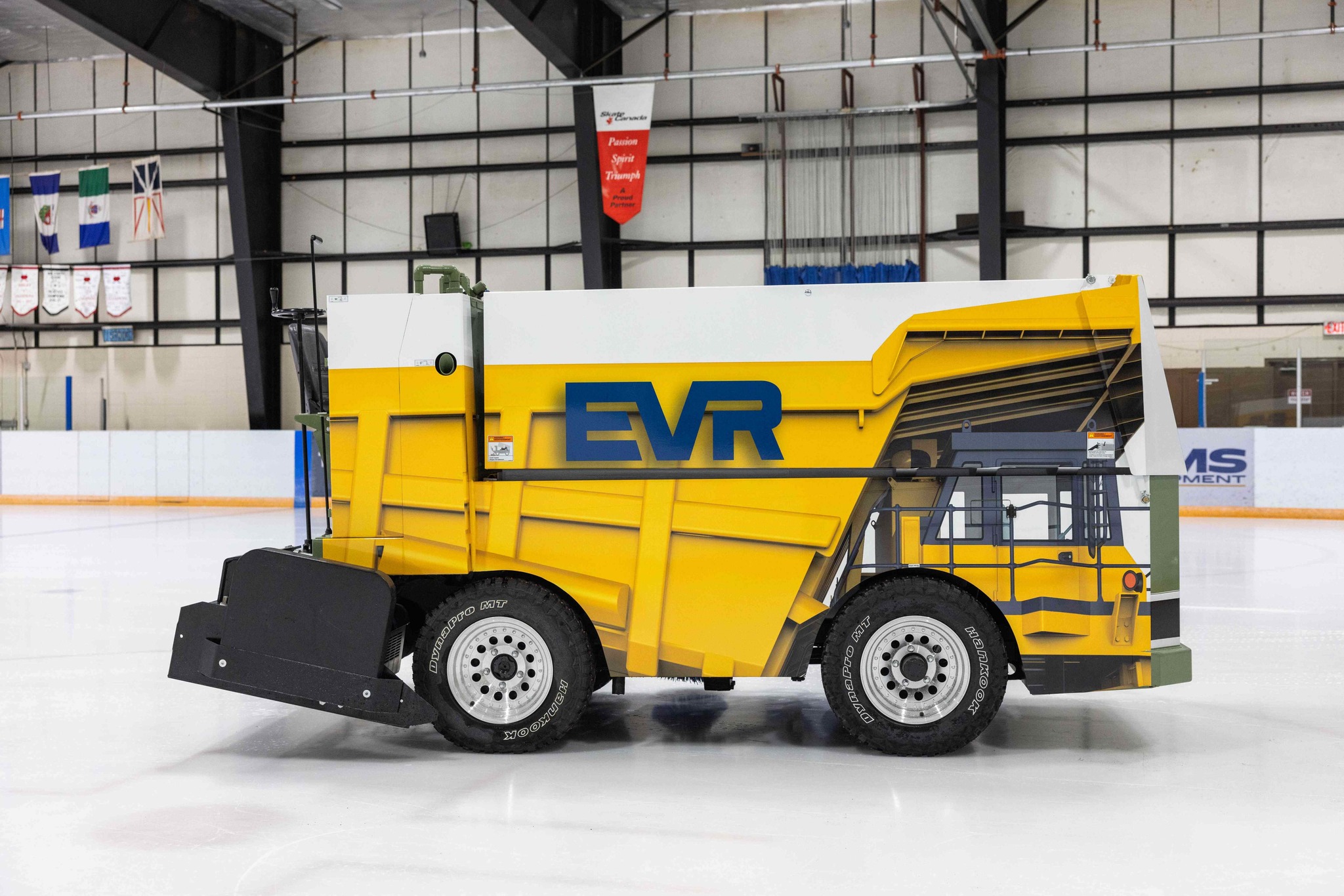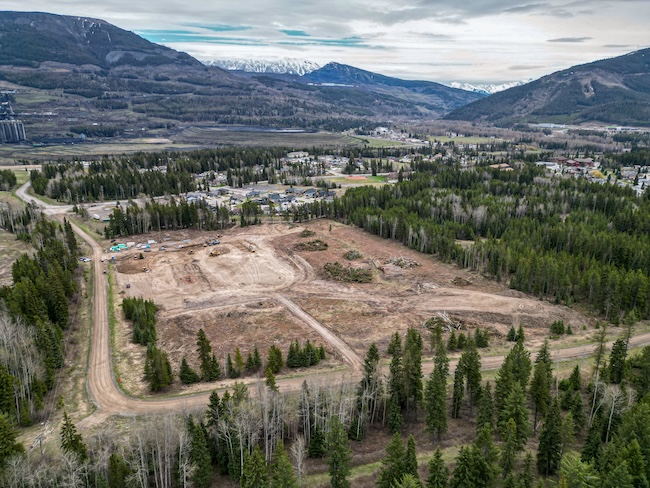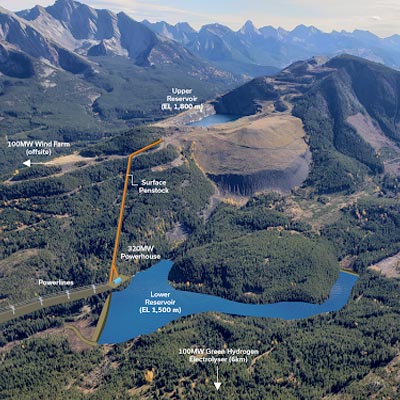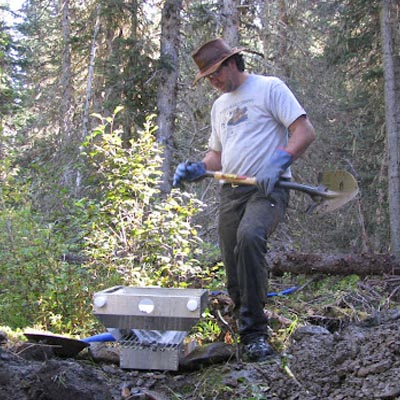Coal Association of Canada holding 2014 conference in Vancouver

Delegates network at a previous tradeshow of the Coal Association of Canada. — Photo courtesy of Coal Association of Canada The Coal Association of
Delegates network at a previous tradeshow of the Coal Association of Canada. — Photo courtesy of Coal Association of Canada
The Coal Association of Canada (CAC) is holding its 2014 conference on September 10 to 12, 2014, at the Westin Bayshore Hotel in Vancouver, B.C.
Each year, coal industry leaders from across Canada and around the world gather to talk about Canada’s coal industry. Global economic challenges and increasing demand for energy and steel from Asian markets are creating unique opportunities for Canada’s coal producers and service providers.
Michelle Mondeville, CAC's director of communications, said between 300 and 350 delegates are expected to attend this year's conference.
“Most of the delegates are from Canada, but some are from other parts of the world, such as China, Japan, Australia and the United States,” she said.
A wide variety of businesses and organizations are expected to attend the conference. They include mineral exploration and mining companies; transportation, port and terminals; service and supply companies; power generation and manufacturing companies; and federal, provincial and municipal governments.
The conference also features a trade show and exhibit. Approximately 20 exhibitors are expected this year, including such organizations as Alberta Energy, Finning (Canada), Lubri-Lab BC and Aecon Mining.
Mondeville said the conference has taken place in Vancouver for the last four years because of its location.
“Most Canadian coal is produced in Western Canada, and most of the markets for that coal are in Asia,” she said.
Canada produces two kinds of coal: coking coal, which is used to produce steel, and thermal coal, which is used to produce energy. Most of the coal is exported to Asian markets.
According to the publication Coal—2012 Annual Review, by Kevin Stone of Natural Resources Canada, this country produced almost 67 million tonnes (Mt) of coal in 2012, of which 46.4 per cent was coking coal. The production of coking coal increased by 5.5 per cent from 29.5 Mt in 2011 to 31.1 Mt in 2012. The increase in Canadian production was due to an increase in global demand for coking coal, which is directly tied to the production of steel.
Almost all of Canada’s coking coal production was exported, with only a very small volume shipped to domestic users.
Approximately 4.3 Mt of bituminous thermal coal was produced in 2012, most of which was exported. About 21.7 Mt of sub-bituminous coal and 9.5 Mt of lignite coal were produced in 2012. Both sub-bituminous and lignite coal are used primarily as fuel for steam-electric power generation.
In 2012, Alberta produced 28.3 Mt of coal, while British Columbia produced 28.8 Mt and Saskatchewan produced 9.5 Mt.
There were 21 operating coal mines in Canada in 2012. Most large-scale coal mines are located in Western Canada. British Columbia has 10 operating mines: Brule, Coal Mountain, Elkview, Fording River, Greenhills, Line Creek, Quinsam, Trend, Perry Creek (Wolverine) and Willow Creek.
Alberta has eight operating coal mines: Cheviot, Coal Valley, Genesee, Grande Cache, Highvale, Obed Mountain, Paintearth and Sheerness with half of those being operated by Westmoreland Coal Company.
Saskatchewan has three: Bienfait, Boundary Dam and Poplar River.
Four companies produce coking coal for export: Teck Resources Ltd., Walter Energy Inc.’s Canadian operations; Winsway Coking Coal Holdings Ltd.’s and Marubeni Corp.’s jointly-owned Grande Cache Coal Corp.; and Anglo American PLC’s Peace River Coal Inc.
Two companies produce bituminous thermal coal for export: Sherritt International Corp. and Vitol Group’s Hillsborough Resources Ltd. (Sherritt produces sub-bituminous and lignite coal for domestic coal-fired power generation) and TransAlta Corp. which produces sub-bituminous coal for its own power generation plants.
Coal mining is an important contributor to the Canadian economy, with a direct and indirect economic impact of approximately $5.2 billion in 2011. In recent years, the industry has seen strong growth in revenue and capital investment. Between 2001 and 2010, revenue grew by 14.6 per cent and capital investment by 19.3 per cent.
The industry benefits Canadians through employment, investment in physical infrastructure, and taxes and royalties, all of which help to pay for roads, schools and hospitals.
The Canadian coal industry employs a highly skilled and diverse workforce. Approximately 42,000 people are directly and indirectly employed by the coal industry, and coal employment has been rising steadily since 2004.
The coal industry fosters a knowledge-based economy because it requires such highly skilled and technical employees as engineers, geologists and technologists, all of whom earn high wages and salaries.
The mining industry is also the largest employer of aboriginal people in Canada and works with educational institutions and governments to provide training and employment opportunities.
Coal producer profile: Teck Resources Ltd
Vancouver-based Teck is North America’s largest producer of steel-making coal, with five operations in the Elk Valley of southeastern B.C. and one in west-central Alberta near Hinton.
Teck produced 25.6 million tonnes of steel-making coal in 2013; three-quarters of which was shipped to markets in Asia. The company expects its 2014 coal production to be in the range of 26 to 27 million tonnes.
The United Nations forecasts that urban populations will grow by about two billion people over the next 30 years, especially in countries in the Asia-Pacific region. This wave of urbanization will require significant amounts of steel-intensive infrastructure, which is expected to create sustained, long-term growth in the demand for steel and the steel-making coal necessary to produce it.
Teck says its proven and probable reserves of more than a billion tonnes of steel-making coal mean it will be able to meet global demand for many years. Its measured and indicated resources now total over 3.6 billion tonnes, and its inferred resources are over two billion tonnes of raw coal.
Vancouver-based Teck is North America’s largest producer of steel-making coal, with five operations in the Elk Valley of southeastern B.C. and one in west-central Alberta near Hinton.
Teck produced 25.6 million tonnes of steel-making coal in 2013; three-quarters of which was shipped to markets in Asia. The company expects its 2014 coal production to be in the range of 26 to 27 million tonnes.
The United Nations forecasts that urban populations will grow by about two billion people over the next 30 years, especially in countries in the Asia-Pacific region. This wave of urbanization will require significant amounts of steel-intensive infrastructure, which is expected to create sustained, long-term growth in the demand for steel and the steel-making coal necessary to produce it.
Teck says its proven and probable reserves of more than a billion tonnes of steel-making coal mean it will be able to meet global demand for many years. Its measured and indicated resources now total over 3.6 billion tonnes, and its inferred resources are over two billion tonnes of raw coal.




